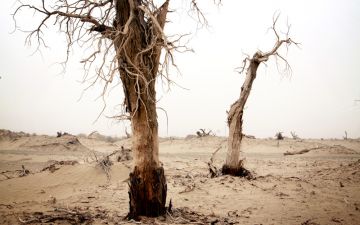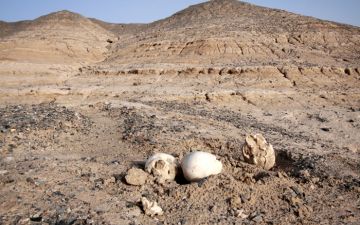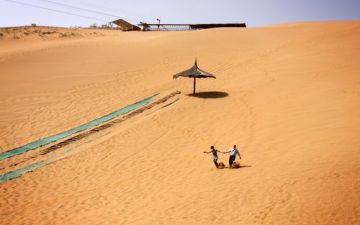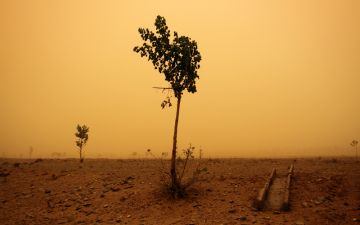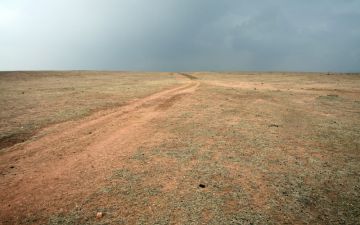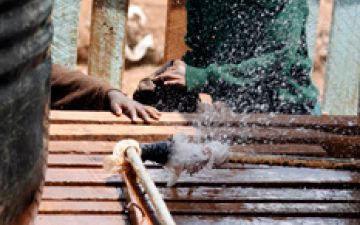China: The Sea of Death
The 'Sea of Death' is the not so affectionate name that has been given by the Chinese people to the Taklamakan desert, a desert of such epic proportions and intimidating size, that its name in the local Uygur language translates as 'You can go in, but you will never come out'. As my car passes through the gate indicating my entrance to this treacherous land, I can only hope that my chances of exiting have been improved by the relatively new 500km of trans-desert highway that stretches endlessly before me from one side of the desert to the other.
